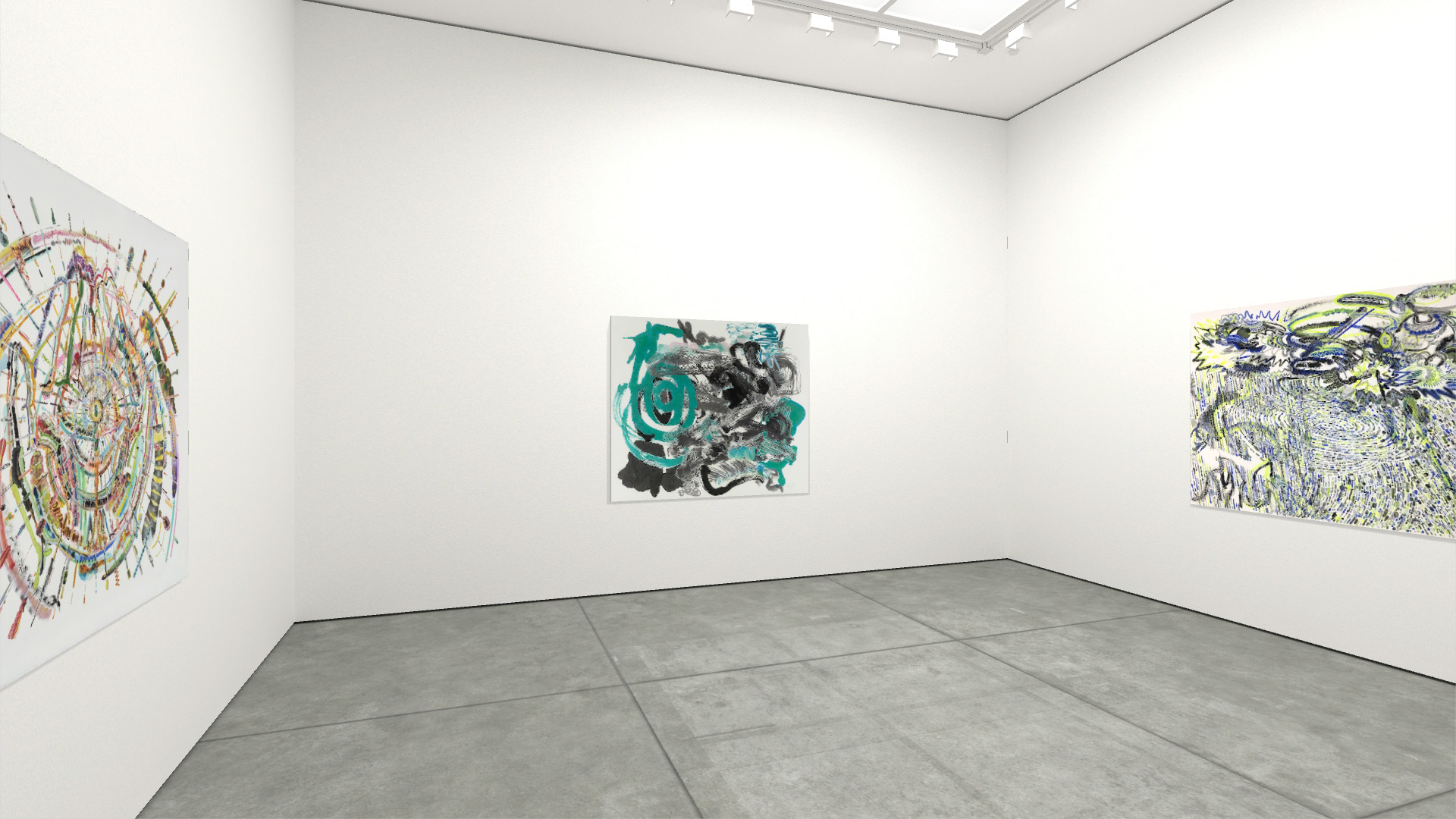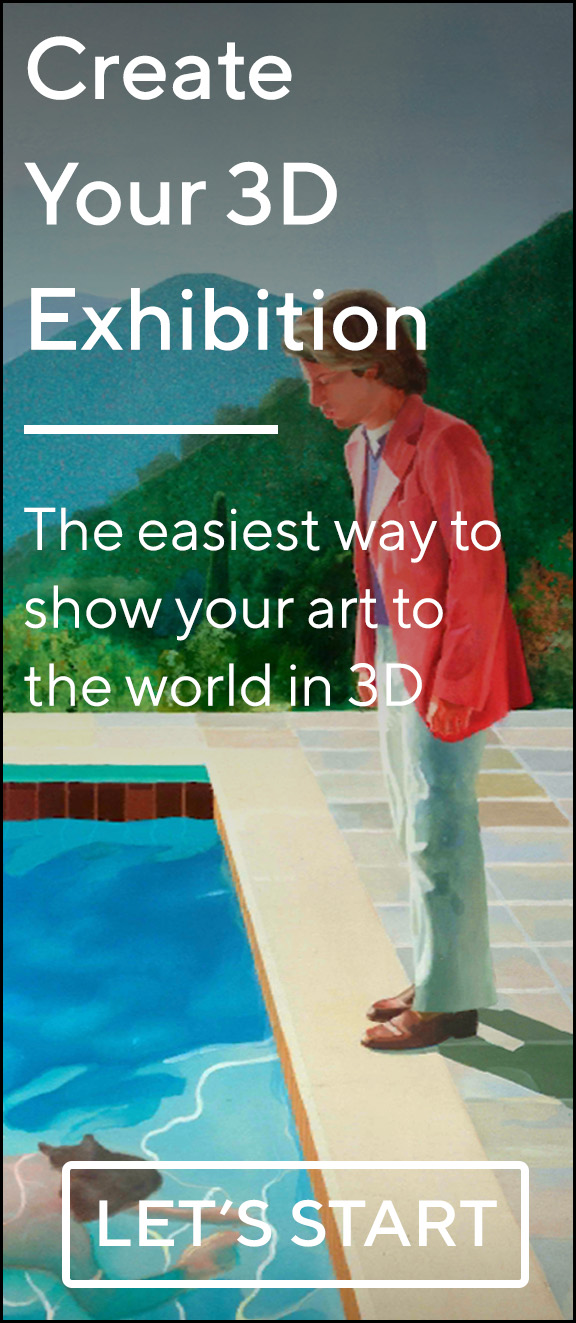

Loading...


“THE BEST ART IN THE WORLD”

https://whitehotmagazine.com/articles/new-works-by-wu-jian/4394
Two weeks ago, I became aware of a young Chinese artist, Wu Jian-An, on the occasion of a two-gallery exhibition at Chambers Fine Art in West Chelsea and Artfarm in Salt Point, upstate New York. While the online press release held my interest (a rarity nowadays), it was not until I actually saw the artist’s work that it all came together.
Wu’s paintings are staggering, uninhibited, miraculously conceived and executed in a way that emits an ... more >> Robert C. Morgan on Infinite Labyrinth: New Works by Wu Jian-An
https://whitehotmagazine.com/articles/new-works-by-wu-jian/4394
Two weeks ago, I became aware of a young Chinese artist, Wu Jian-An, on the occasion of a two-gallery exhibition at Chambers Fine Art in West Chelsea and Artfarm in Salt Point, upstate New York. While the online press release held my interest (a rarity nowadays), it was not until I actually saw the artist’s work that it all came together.
Wu’s paintings are staggering, uninhibited, miraculously conceived and executed in a way that emits an unlikely, ironic form of conceptual expressionism. This does not and should not suggest the artist is performing the act of painting from a Western perspective. Rather he is driven by the essential Confucian philosophy that the individual inhabits the universal as does the universal inhabit the individual. Metaphorically, Wu is concerned with the manner in which painting functions from the perspective of Chinese thought and folklore and how this directly and indirectly regenerates the way we think while engaged in looking at something we feel to be significant.
There are stunning examples of three interrelated series of works on exhibit at both locations. The earliest is 500 Brushstrokes, begun in early 2016, which are paintings that borrow the brushwork of others (often students from Beijing’s Central Academy of Fine Art where Professor Wu teaches); the second is Masks, cut, sewn, and painted on Buffalo hide, begun in 2018; and finally, Coded Painting (2019) that re-introduces figurative imagery, both human and animal, into the paintings. Here the artist’s personal brushstrokes are systematically scanned and diagrammatically numbered before they are printed and finally cut and glued on the canvas. Clearly, of the three series, Coded Painting is the most complex and therefore the most challenging for viewers to decode.
Even so, as conceptual as the process may sound, a further glance of these paintings reveals none of it. What one confronts in Wu’s art is a consistently powerful application of brushwork. From a distance, walking towards a painting, such as 500 Brushstrokes #53 (2018) or The Treasure (2019) from the Coded Painting series, the sheer intensity of these gestural forms and colors is difficult to fathom. From three meters away, it may appear as a manifold assemblage of infinite brushwork, a hyper-expressionist painting, pulsating in many directions simultaneously. Then close-up, one may view the compulsive order of the surface. Each brushstroke has been purloined from another painting previously made on xian paper, then re-assembled through collage in relation to another field of activity.
Upon looking at several of these paintings closely, I find Wu’s paintings less expulsive than retentive. Yet beyond this, the focus and concentration in these works are ultimately a sublimation that transcends both expulsion and retention. From a Freudian perspective, which has little to do with Confucius, the internal conflict that Wu confronts within himself appears to move beyond oppression in favor of a cunning transformation. He gives us a purity of energy that enables his work to speak in both hemispheres. Given the ambiguous politics of the present, I would see this work as a vindication of a single artist struggling to come to terms with who he is and what he does at the right time. This would have also been true for many of the masters during he Italian Renaissance as well. But today the stakes are different, and the energy needed to ignite the stakes is problematic on many levels. Wu JIan-An has found a way to come to terms with art on his own level, He anchors the friction around him by moving towards the center, that being the individual within the universal. WM

